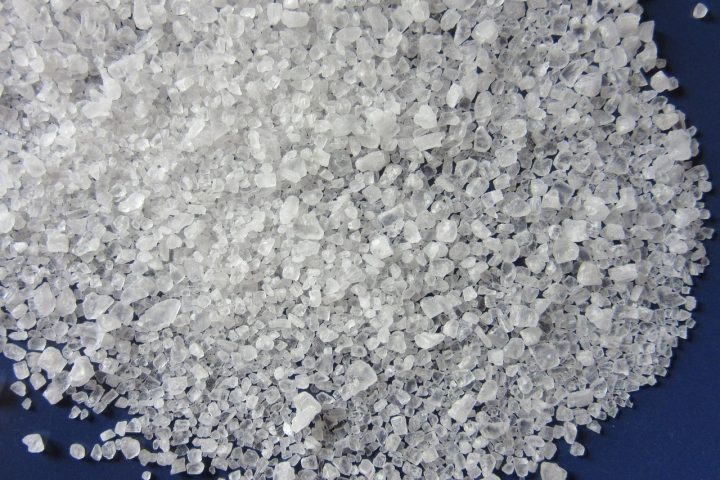Understanding bilirubin reductase could pave the way for improved treatments for conditions such as gallstones, jaundice, and inflammatory bowel disease.
Every organism must excrete urine to eliminate waste from its body. While the urine of a healthy individual is visibly yellow, the reason behind this color has puzzled scientists for centuries. A recent study by researchers at the University of Maryland and the US National Institutes of Health sheds light on this mystery by identifying a microbial enzyme responsible for the yellow color of urine. The findings, published in Nature Microbiology last week, draw on research dating back to the 1960s and three and a half years of extensive laboratory experiments.
The research team, led by microbiologist Brantley Hall from the University of Maryland, discovered that an enzyme called bilirubin reductase, present in the gut microbiome, is the culprit behind urine’s coloration. Hall emphasizes the significance of understanding microbial chemistry in the gut, stating that gut microbes play a crucial role in human physiology. However, uncovering the specific enzymes responsible is the first step in advancing research in this area.
The yellow color of urine originates from the breakdown of old blood cells in the liver, producing a compound called bilirubin. This compound is excreted into the intestine and converted into a colorless compound called urobilinogen by bacteria in the gut. Eventually, urobilinogen transforms into a yellow pigment molecule known as urobilin, contributing to the urine’s color. What was unknown until now was the bacterial enzyme responsible for this process.
Identifying this enzyme presented challenges, including the difficulty of growing anaerobic microbes in the laboratory and the lack of genome sequences for gut microbiomes. Advances in laboratory cultivation of anaerobic microbes and genetic sequencing in the last 15 years allowed the researchers to overcome these obstacles.
The study compared the genomes of gut-dwelling species capable of converting bilirubin to urobilinogen with those unable to do so, leading to the identification of the bilirubin reductase gene. Testing the enzyme’s activity in Escherichia coli bacteria confirmed its role in converting bilirubin to urobilinogen.
The researchers discovered that the bilirubin reductase enzyme is predominantly produced by Firmicutes, a bacterial species prevalent in the gut microbiome. Analyzing the gut microbiome of over 1,000 adults revealed that 99.9% of individuals carried this gene, highlighting its commonality in the human population.
The study also explored the presence of the gene in adults with inflammatory bowel syndrome (IBD) and infants with jaundice. While 68% of people with IBD and 40% of jaundiced infants under three months had the gene, further research is needed to determine the potential applications of these findings in developing treatments for IBD, jaundice, and gallstones.
Brantley Hall envisions opportunities to positively regulate gut microbiome and health, emphasizing the growing interest in gut health among the general population.
Laura Baisas Summarized from Popular Science magazine.





